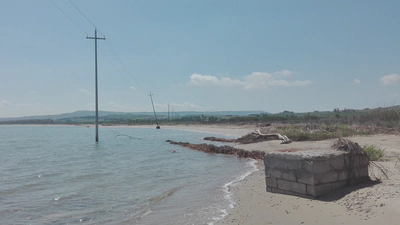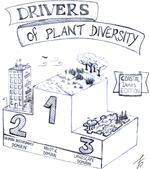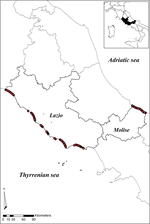Investigating patterns and drivers of temporal changes in taxonomic and functional diversity of coastal habitats
 Ph. Marta Gaia Sperandii
Ph. Marta Gaia SperandiiCoastal dunes are among the most interesting ecosystems on earth, yet they are currently exposed to many threats globally affecting their conservation status. In the Mediterranean, several dune habitats have been recently assessed as either endangered or vulnerable, and their conservation status in Italy largely reflects the European picture. Identifying the most endangered habitats and monitoring their dynamics are key tasks that cannot be further procrastinated, if we want to avoid a complete disappearance of these ecosystems in the near future.
During my PhD, I used different approaches to quantify temporal changes characterizing Mediterranean coastal dune habitats in Central Italy.
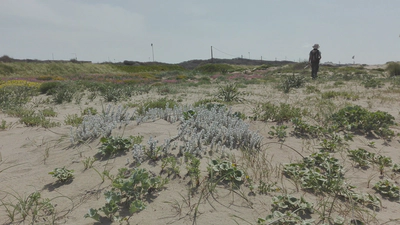
I started by performing a diachronic analysis of a large database of random, standardized, georeferenced plots. Dune grasslands appeared as the most impacted habitat, with a negative trend in species richness and habitat cover. At the same time, results hinted at “early warnings” of degradation processes in shifting dunes, where a decline in the cover of the sand-binding Ammophila arenaria subsp. australis, and a parallel increase in the cover of Carpobrotus sp. were recorded.
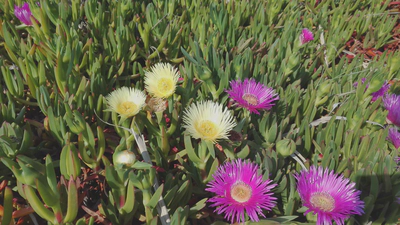
In 2017 and 2018, I resurveyed 334 historical vegetation plots, belonging to herbaceous dune habitats and originally surveyed between 2002 ad 2007. A preliminary analysis of the data collected during the first sampling season revealed important compositional shifts, mainly driven by species turnover and especially affecting upper beach and mobile dunes at both the community and species level.
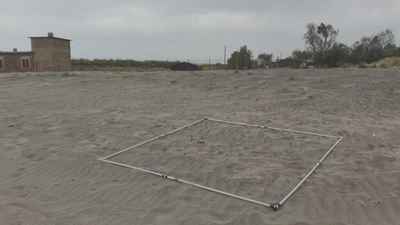
After the second field season, I was able to analyse the complete set of data and provide a comprehensive assessment of how Mediterranean coastal dune habitats of Central Italy changed in their taxonomic and functional diversity over a period of 10-15 years. The results were alarming: almost 25% of the historical plots disappeared (i.e. was found to be unvegetated or submerged by the sea). Observed taxonomic and functional changes often exceeded “simulated changes”, especially in the first part of coastal zonation. Dramatic changes were especially observed in shifting dunes, which experienced considerable functional shifts (e.g. decrease in tall, perennial species), and where Ammophila arenaria disappeared from about 80% of the historical plots in which it was originally recorded.
